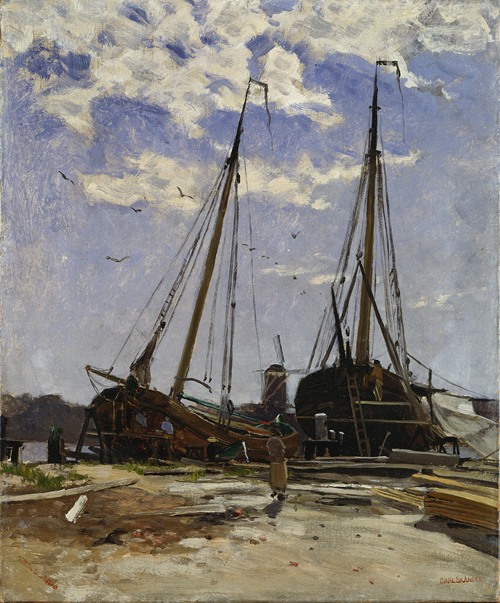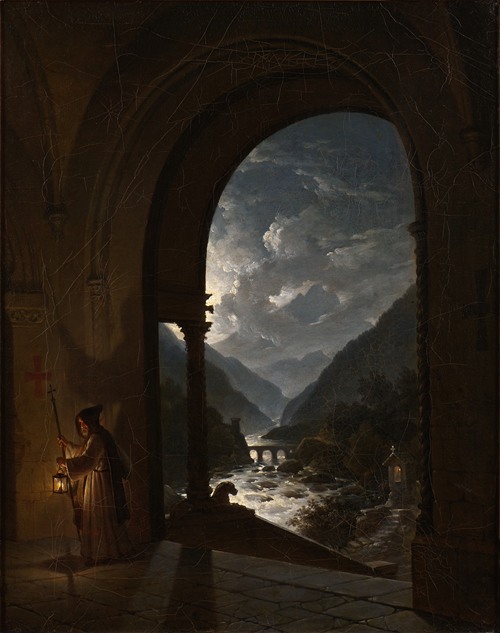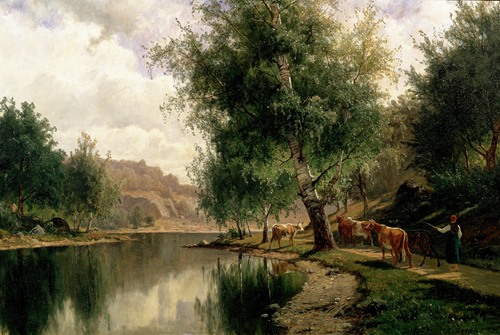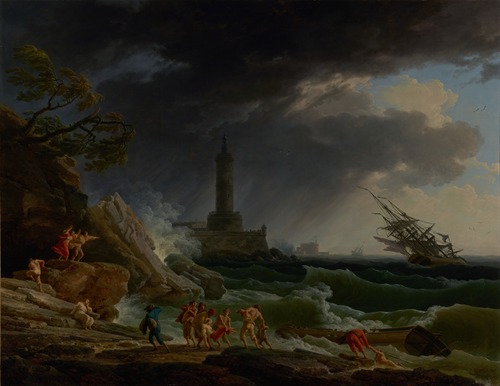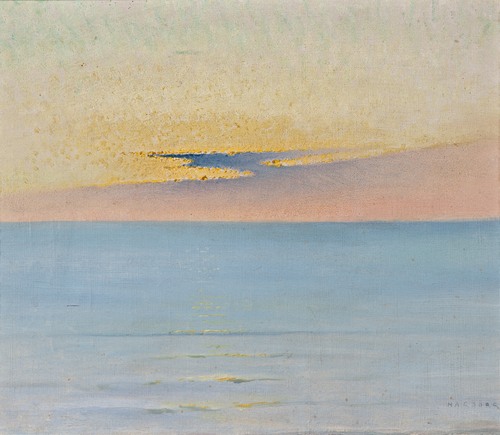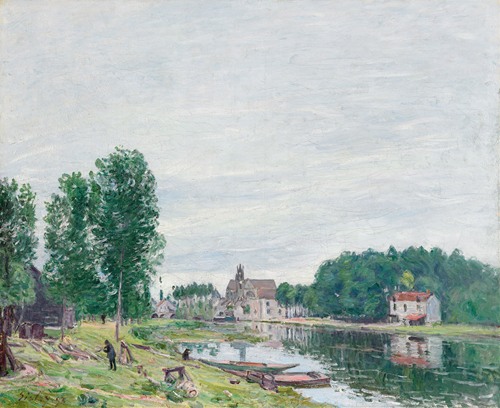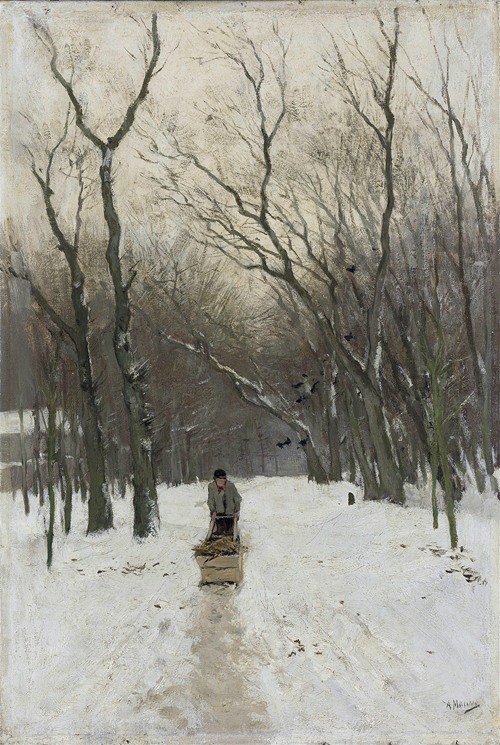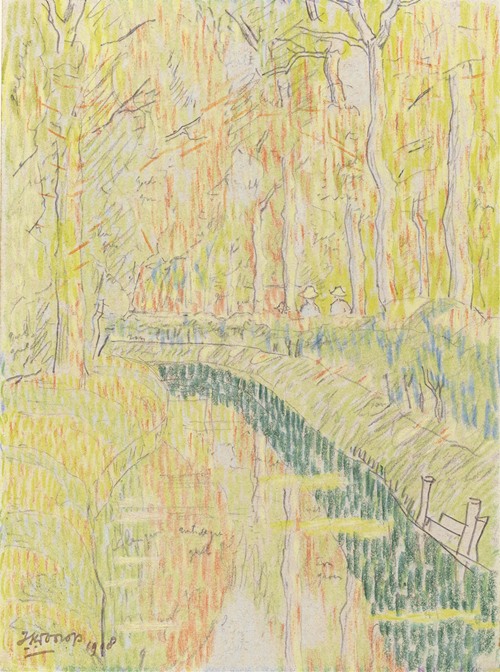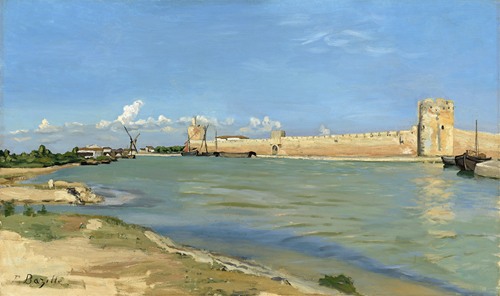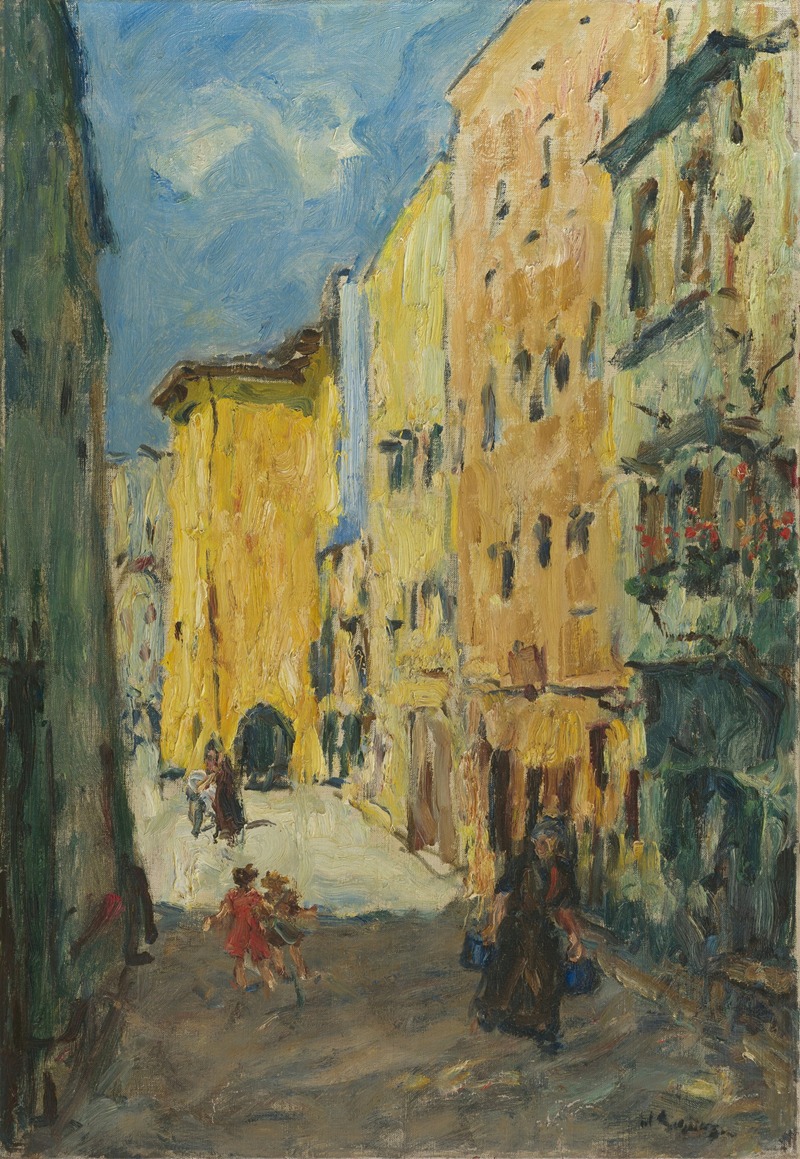
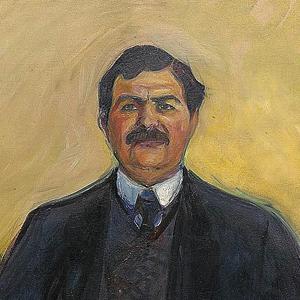
Hermann Schlittgen was a German painter.
Schlittgen's parents died of cholera in 1866 and he grew up with his uncle. His teacher Wilhelm Viole recognized Schlittgen's artistic talent early on and encouraged him. At the age of 14, Schlittgen began studying at the Royal Academy of Art in Leipzig, where he received support from the Verein zur Unterstützung unbemittelter talentvoller Knaben (Association for the Support of Untalented Boys).
After completing his studies in 1876, Schlittgen found employment with the director of the Leipzig Academy, Ludwig Nieper, as his factotum. His work as an illustrator for various publications brought him only a small income and Schlittgen fell into debt. He fell out with his uncle and, after brief stays in Berlin and further studies at the Weimar School of Art under Theodor Hagen, moved to Munich. There he illustrated the Fliegende Blätter. Here he also made the acquaintance of Stefan George, who held him in high esteem and whom he portrayed.
After spending time in Flanders in October 1884, he went to Paris and became a student at the private Académie Julian under Jules-Joseph Lefebvre. In the years that followed, Schmittgen commuted constantly between Flanders, Paris, Munich and Berlin. His son "Muckel" was born in Paris in 1886. He made his first appearance as a painter at the Paris World Exhibition in 1889 and won an award for his painting The Glassblowers of Kramsach.
Schlittgen returned to Munich in 1890 and took up permanent residence there. During several trips to Berlin, he made the acquaintance of Edvard Munch, which had a great influence on him. He also became acquainted with Gerhart Hauptmann and August Strindberg. In 1892, he was a co-founder of the Munich Secession. Schlittgen suffered from an eye condition for many years, which prevented him from pursuing his work, so he traveled through Europe from 1893 to 1900. At the third annual exhibition of the Deutscher Künstlerbund at the Grand Ducal Museum in Weimar, Schlittgen was awarded the Villa Romana Prize in 1906 for a portrait of his son. Schlittgen spent a year as a scholarship holder and new DKB member in the neoclassical villa on the outskirts of Florence, which the Leipzig painter Max Klinger acquired with private funds from his artist friends in 1905, where he was able to work in seclusion with his family.
In 1918, at the age of 61, Schlittgen moved to Wasserburg am Inn. Dedicating himself entirely to painting, he spent many years in this town and contributed to its art-historical image. Schlittgen died on June 8, 1930, leaving behind a body of drawings and paintings in Wasserburg. In 1937, a special exhibition was held in the Bitterfeld Museum, in which not only some of Hermann Schlittgen's works were shown, but also his early teacher and patron Wilhelm Viole was given a place for his works.
